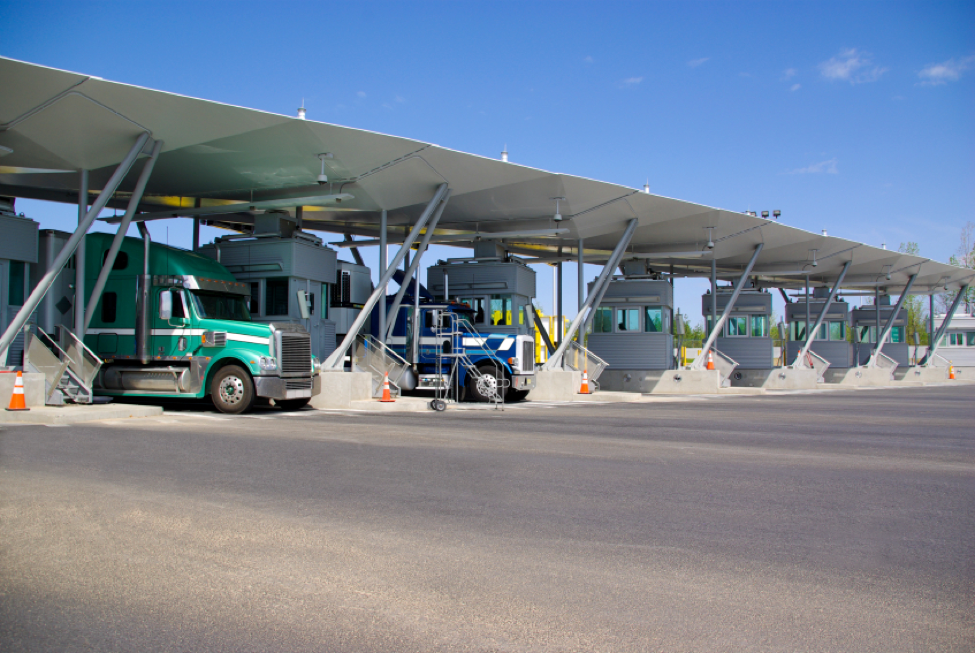
Canada and the United States have the world’s longest shared border, and they also have one of the world’s longest-standing trade agreements. There are nearly 30,000 commercial trucks that cross the Canada-U.S. border on a daily basis, and there have been several discussions between the countries over the years aimed at decreasing congestion and wait times for truckers.
If you’re planning on training to become a dispatcher, chances are that transportation companies you’ll work with throughout your career will make deliveries into the U.S. Helping drivers be prepared to cross the border will not only save them from being held up unnecessarily, it will also decrease delivery delays and keep customers happy. Here’s a few tips on planning for cross-border shipments.
1. After Dispatch Training, Make sure Drivers Know What They’re Hauling
You’ll notice while working for a transportation company that there will be busier days—or even seasons—where as soon as a truck from the fleet comes in, it will be packed up and sent out for another delivery run. This type of turnover is good for business, but you’ll learn in dispatch training that it’s important to take a few minutes to review shipments with drivers so that they know what’s in the truck before they leave. Border guards are trained to ask questions, and if a driver looks hesitant when asked what’s in the trailer, this could cause a major delay.
Drivers should have a copy of the customer invoice that clearly states the items and volume of a shipment on hand. It will be necessary to show at the border, but they should also be aware of these details themselves before getting into a truck. Remind drivers that they can also contact you for any details before hitting the border.
2. Work with a Customs Broker after Dispatch Training
Customs brokers specialize in importing and exporting goods, and are familiar with all of the rules and regulations put in place by both the Canadian and U.S. borders. They can do all of the preparatory work in advance, and can get shipments cleared on border computer systems before the truck even gets loaded up. When working with a customs broker, drivers are often given an entry number, which means the border will be waiting for them between certain hours, and they’ll be able to pass through quickly.

Some customs brokers are employed by transportation companies, and some work as independent contractors. Once you start your career after completing a dispatch course, you might want to recommend a customs broker if you notice that your company is running into a lot of border delays.
3. Help Drivers Organize Their Paperwork Before Heading Out
Dispatch schools teach the important relationship between drivers and dispatchers, as dispatchers often update drivers of any important route changes. One way you could help drivers prepare to cross the border is by helping them organize all of their documentation. With already long wait times at the border, just having to pull over, get out of the truck, and scramble for paperwork will set deliveries back longer than necessary.
You could give them a binder from the supply room where they can neatly store their passports, registrations, customer invoices, and any other paperwork in one place. This will save them the trouble of digging through the glove box or behind the sun visor to gather everything once they arrive at the border.
Are you looking for dispatch schools that provide hands-on job training?
Visit ATC for course information, or to speak with an advisor.

